Horses have appeared in works of art for as long as the human race has been on earth. First appearing on cave walls, and in primitive sculptures, the equine not only helped to shape our world, but also was definitive in establishing it.
Some of the oldest known images of the horse appear in the Lascaux cave paintings, a network of caves found in the southwestern French village of Montignac, where more than 600 images can be found on cave walls, estimated to be 17,000 years old.
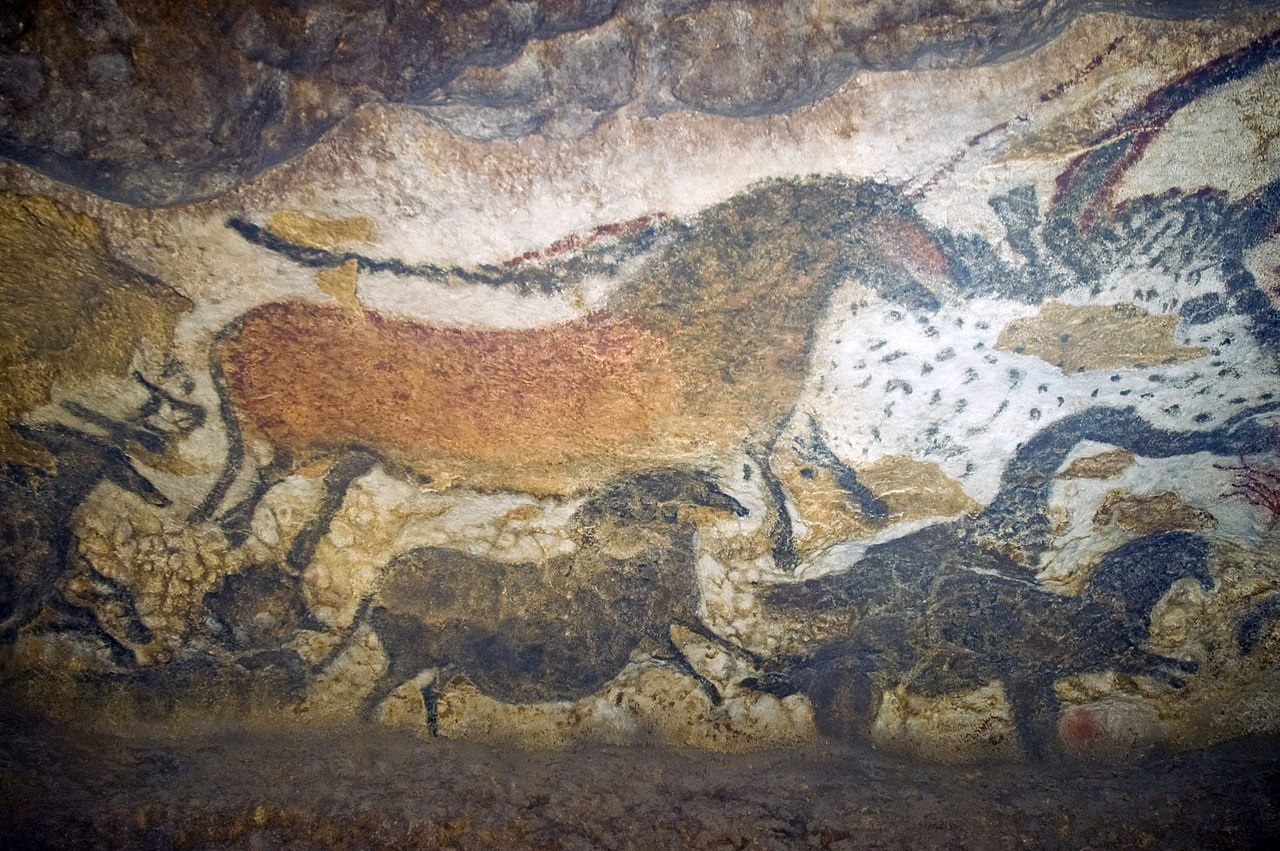
Throughout ancient Rome, Egypt, Greek, African, and the Asian communities, the horse was commonplace in painting art and sculpture. More often than not, especially in Roman, Egyptian, and Greek Art, horses were depicted as being driven, rather than ridden.
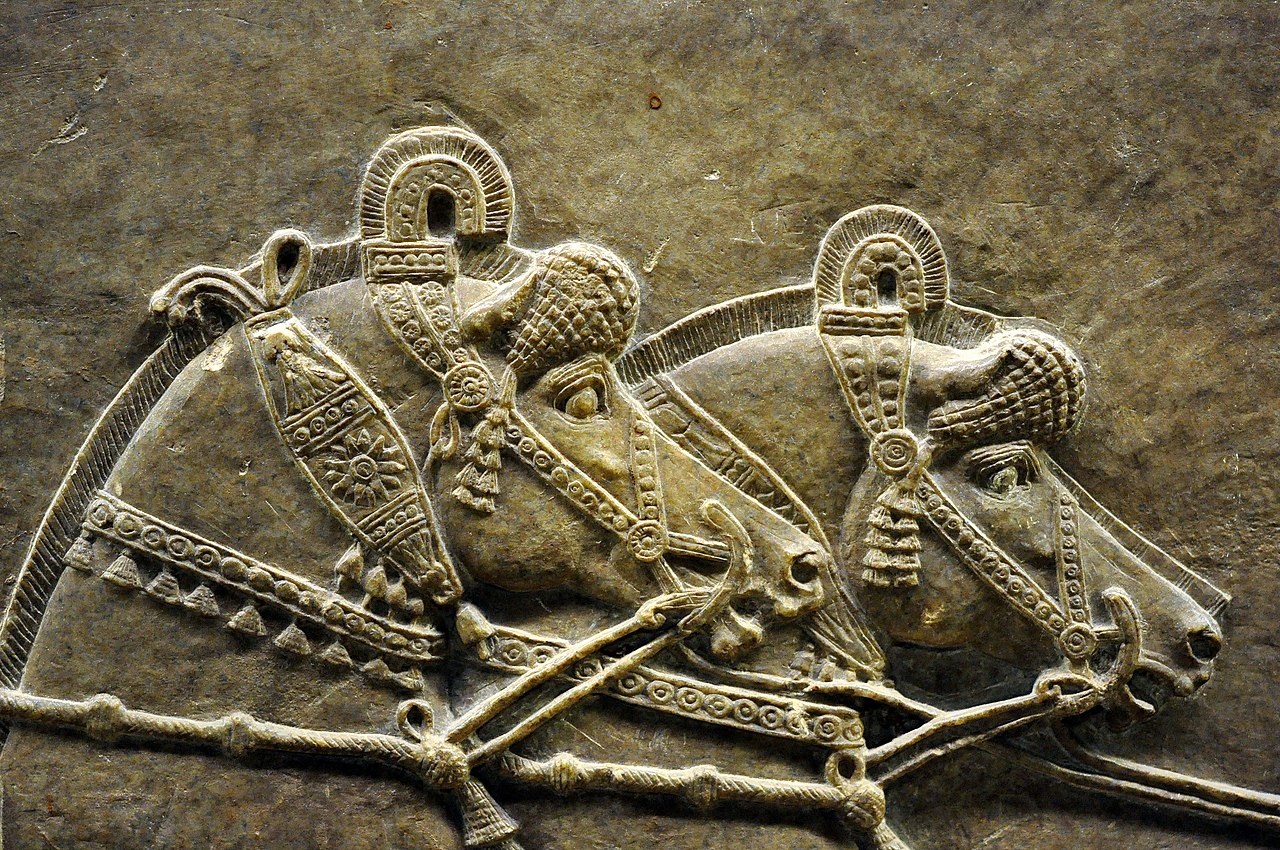
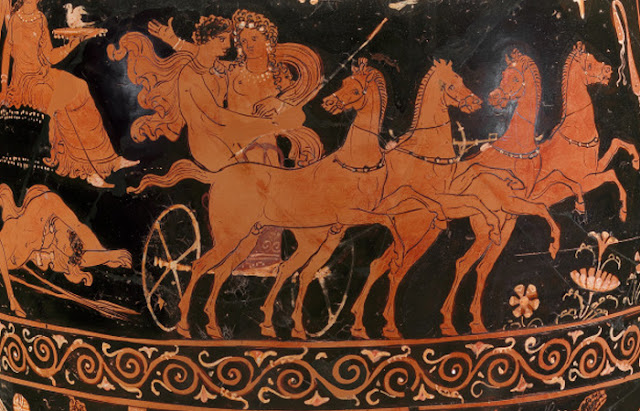


As equine physiology became studied and subsequently better understood, the image of the horse became more refined, the Italian artists especially became known for their detailed depiction of horses in both drawn images and sculptures.
Think of the giant statue in Rome of Marc Antony and his horse, found at the top of the steps leading to the Piazza del Campidoglio, or of the Horses of the Hippodrome of Constantinople that are perched above St. Mark’s Basical in Venice. Those four bronze horses were originally part of a “quadriga” or four-horse sulky used for chariot racing. They were disentangled from the original sculpture and moved to Venice after the looting of Constantinople in 1204, before being stolen by Napoleon in 1797. They were eventually returned to Venice in 1815 where they stand today, overlooking the St. Mark’s square.
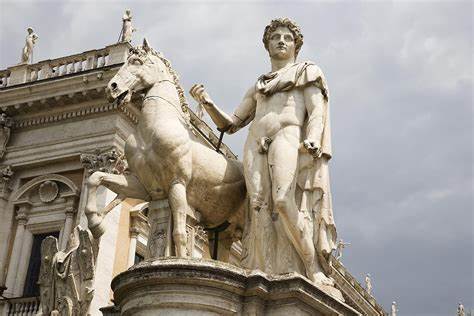
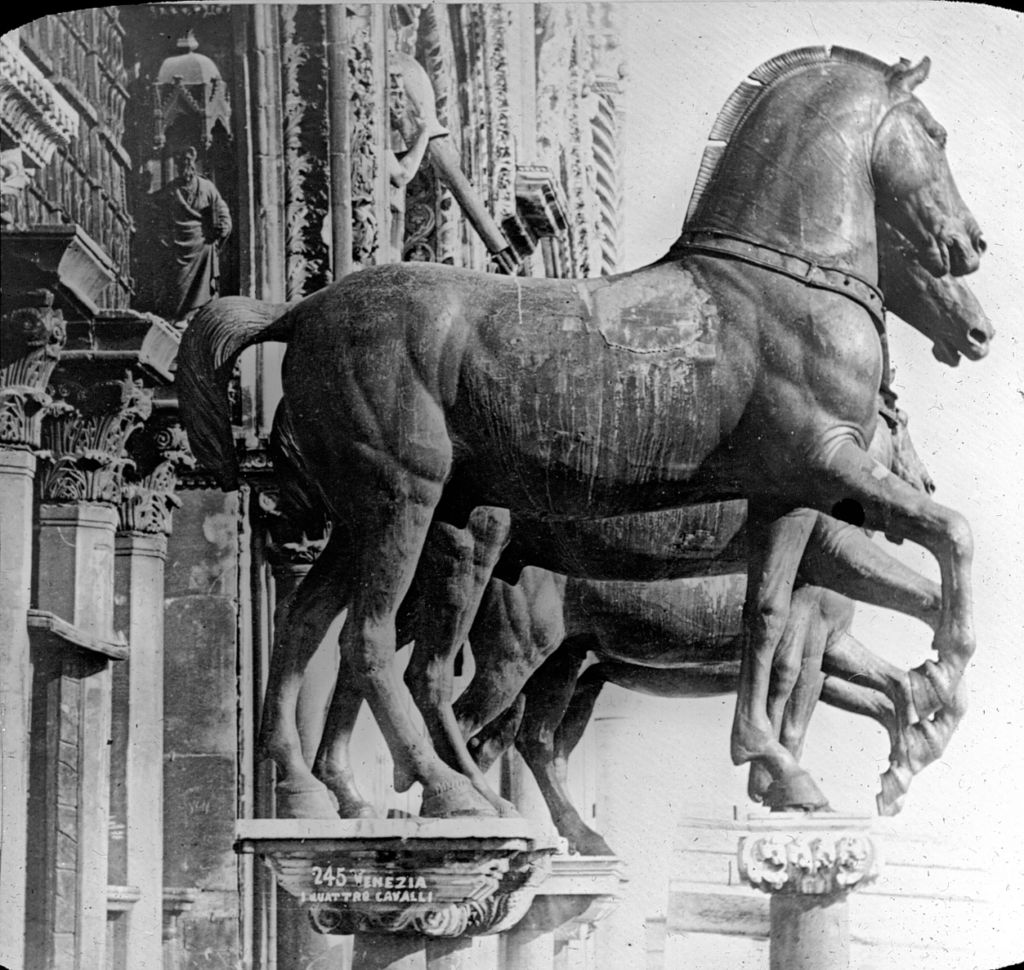
During the Renaissance and Baroque eras, horses began to appear outside of more traditional scenes, such as battle or market depictions and in the late 1400s and early 1500s, equine stand-alone portraits, and those featuring sporting events became popular.
By the 1700s, artists were routinely incorporating horses into their paintings. Abraham Delfos, a Dutch artist depicted a horse hooked to a sulky in his 1776 painting Veniam Pro Laude, part of a series of 12 prints featuring horse-drawn sleighs.

Englishman John Sturgess was a graphic illustrator for the London News and a revered member of the British Artistic Society. He routinely painted portraits of horses in harness during the late 1800s as evidenced in the images below.
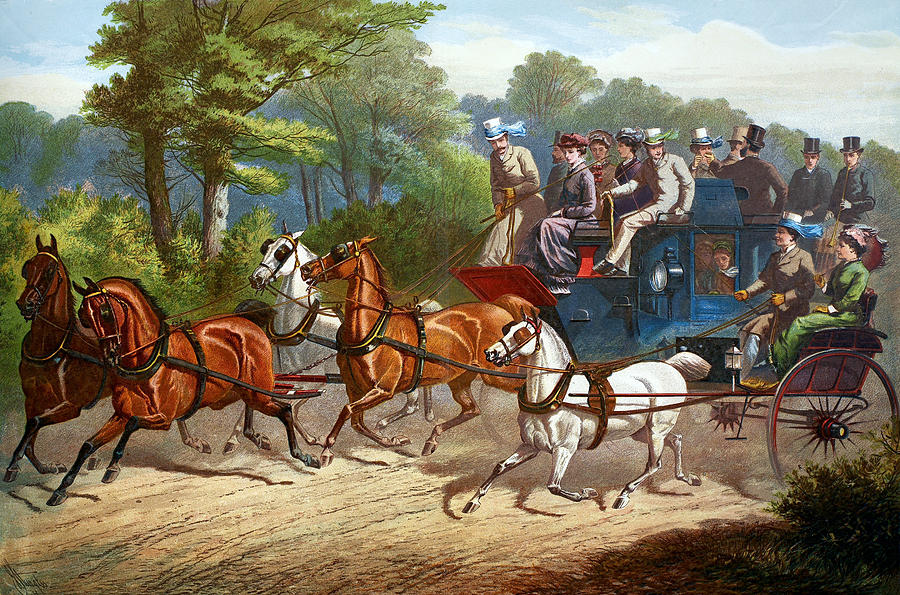

Other artists who emerged during the 18th and 19th centuries who helped to spur an increase in equine art and especially on the oft-neglected harness horse were George Stubbs and Rosa Bonheur especially, along with Currier and Ives. One of Bonheur’s most famous works that is housed at the Metropolitan Museum of Art is entitled The Horse Fair (1853-55).
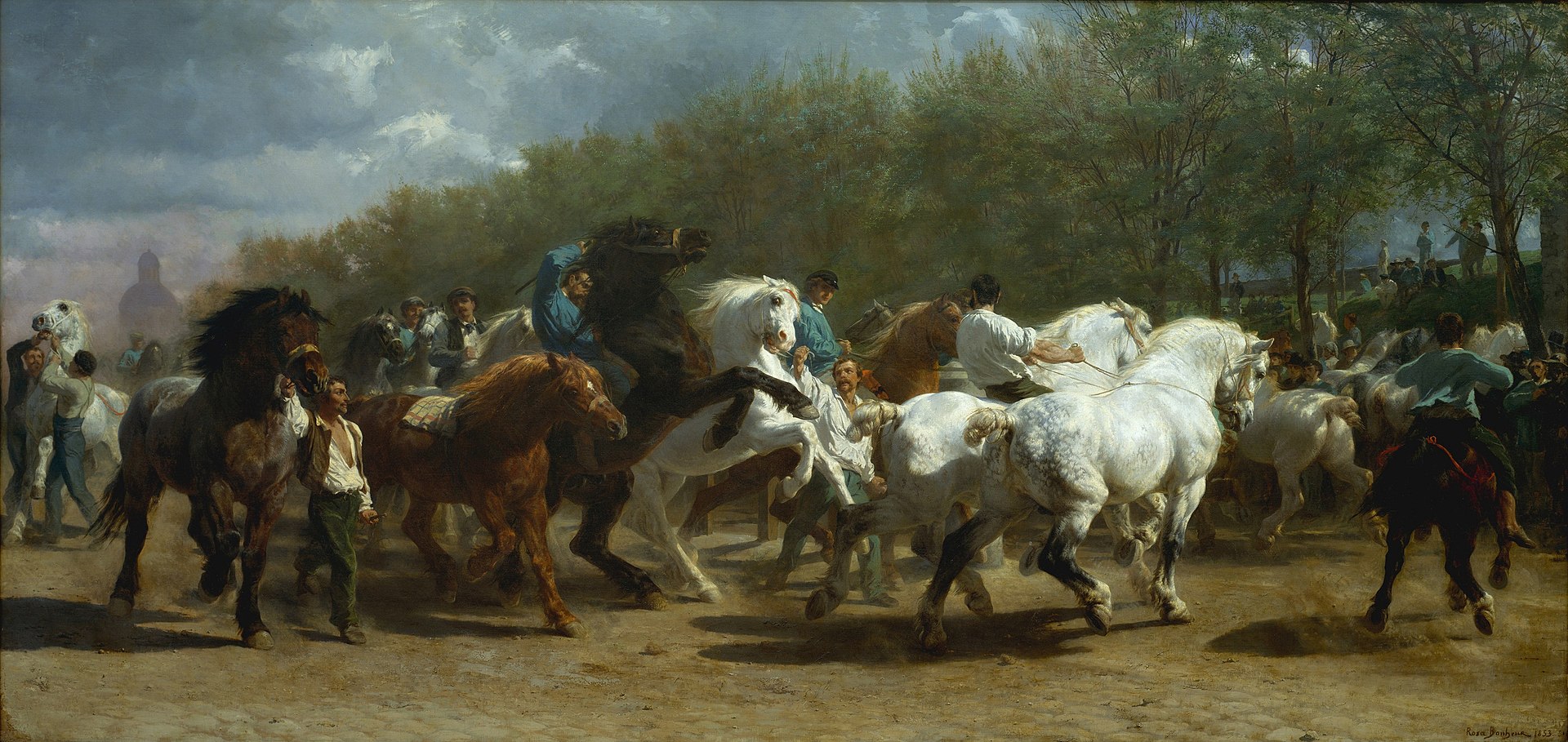
Likewise, Stubb’s oil on canvas painting, entitled Hambletonian, Rubbing Down, (1800), was a testament to the skills of this English-born painter whose works personified the Romantic movement of artwork.
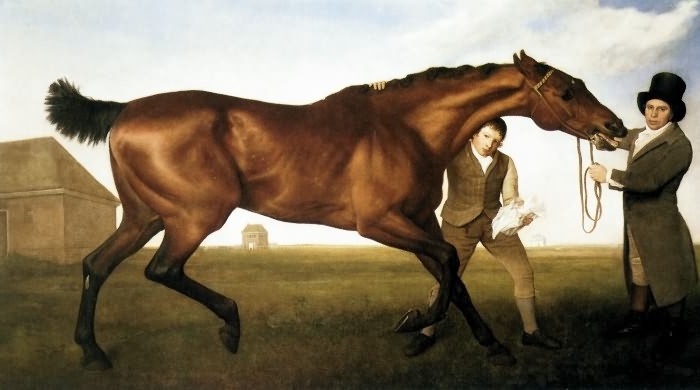
Nataniel Currier and James Ives, New York-based printmakers, are best known for their lithographic depictions of harness races, harness horses, and often whimsical portraits of horses and their handlers. They operated their company from 1835 to 1907 and sold works based on popular culture and events happening in and around America.
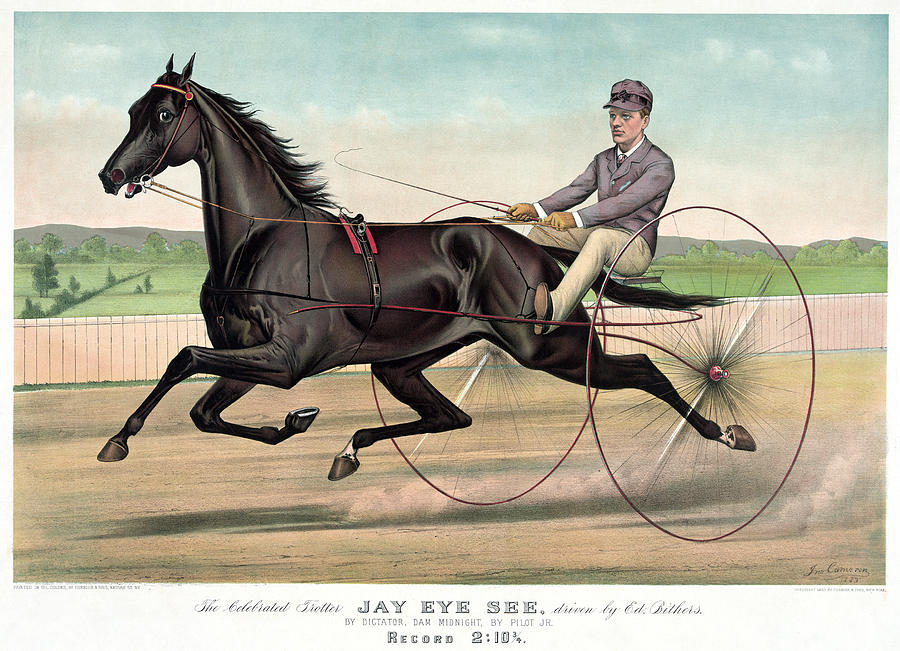
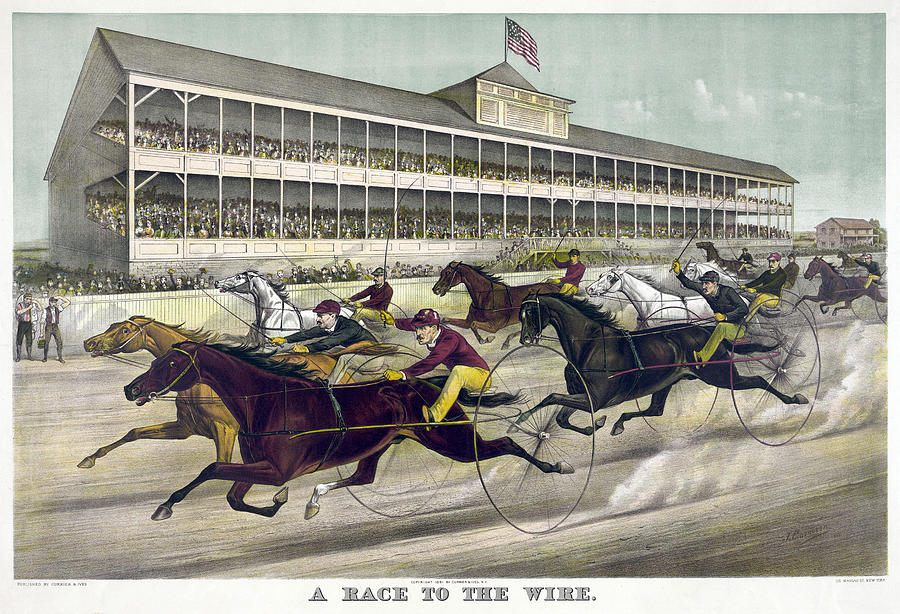 Bengt Nordenberg was a Swedish artist who often used horses in his artwork, painting scenes of his life in Scandinavia, which often included horse drawn vehicles.
Bengt Nordenberg was a Swedish artist who often used horses in his artwork, painting scenes of his life in Scandinavia, which often included horse drawn vehicles.
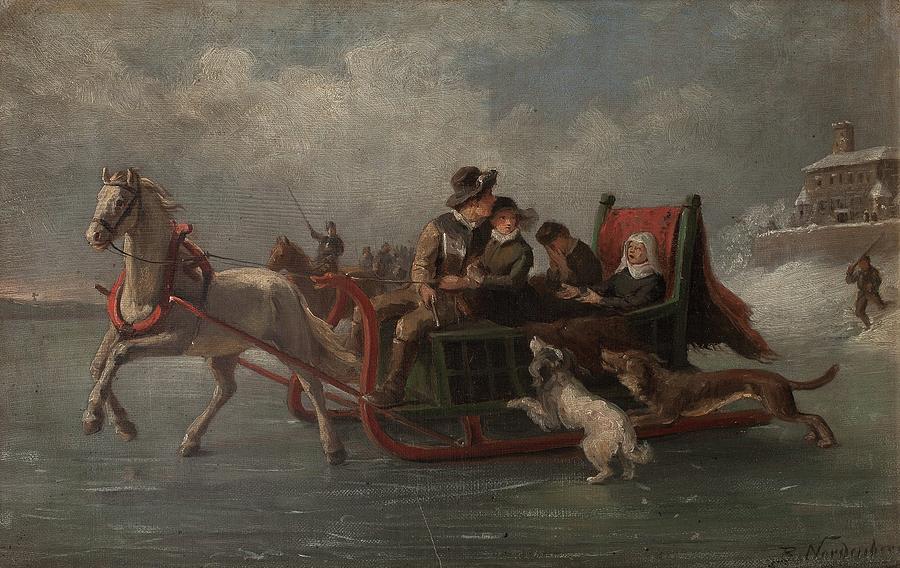
Other European artists that utilized harness racing scenes or horses in their artwork include Frenchmen Pierre Gallardot and Eugene Bourdin, Italian Cippo Perelli, Polish artist Czeskaw Wasilewski, and Hungarian Maria Bernhart, to name just a few.

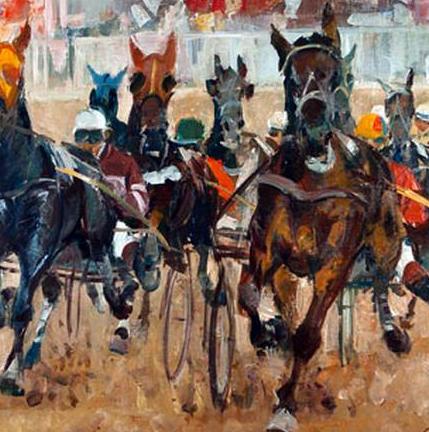

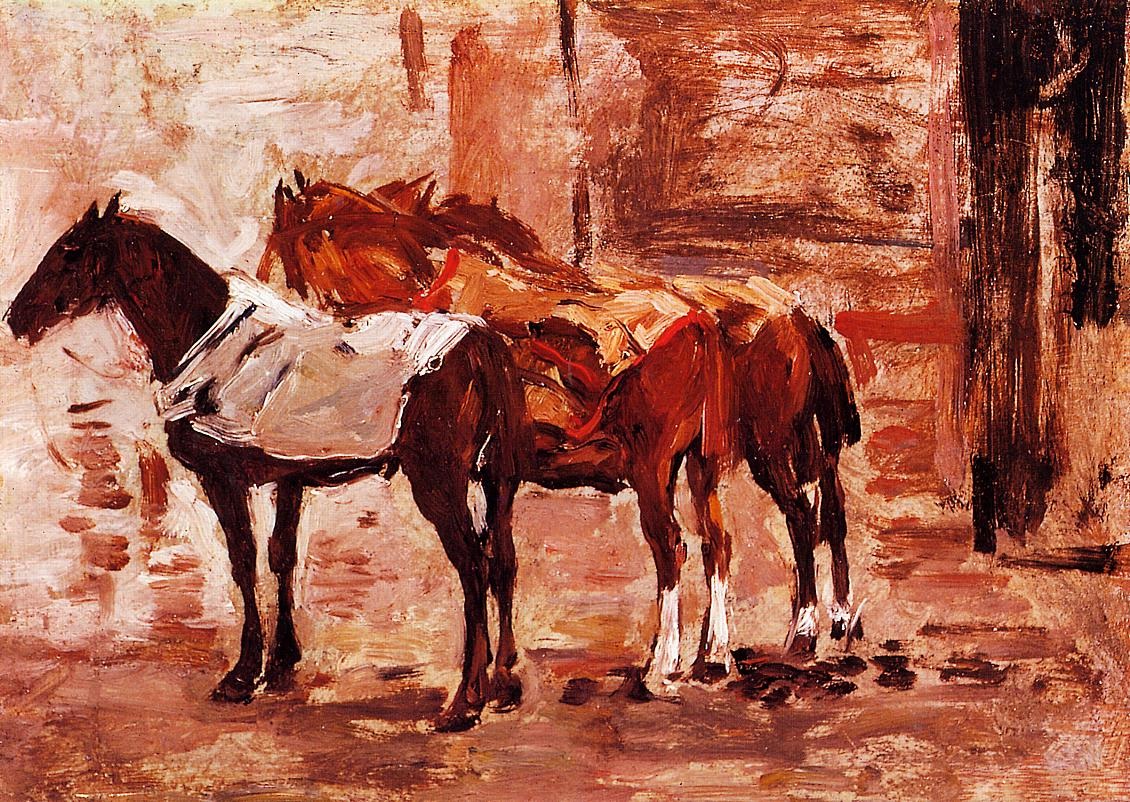
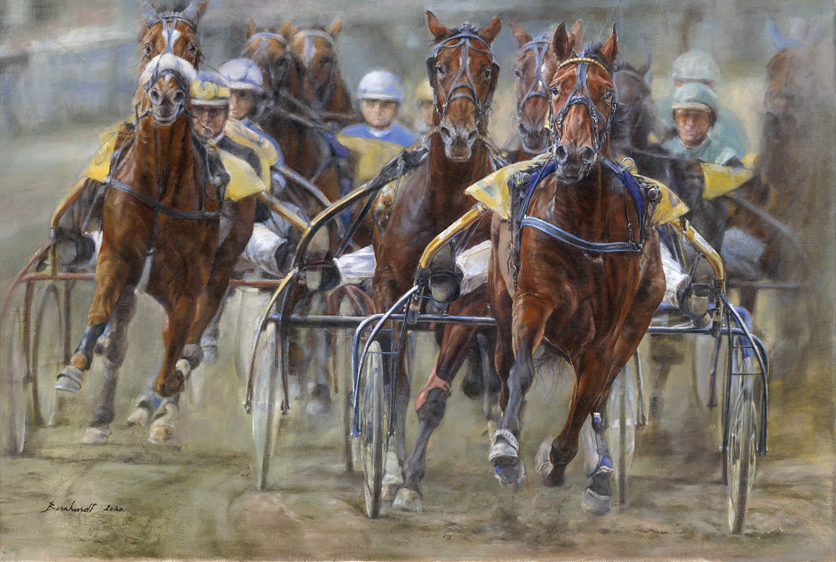
Throughout the late 19th and early part of the 20th centuries, many German and Russian artists began incorporating the famed Orloff trotter into their art. Artists such as Emil Volkers, Nikolai Sverchkov, and others routinely offered up images of the “troika” style of sulky racing, where a trio of trotters pull their drivers around a hippodrome or over an ice-covered lake.
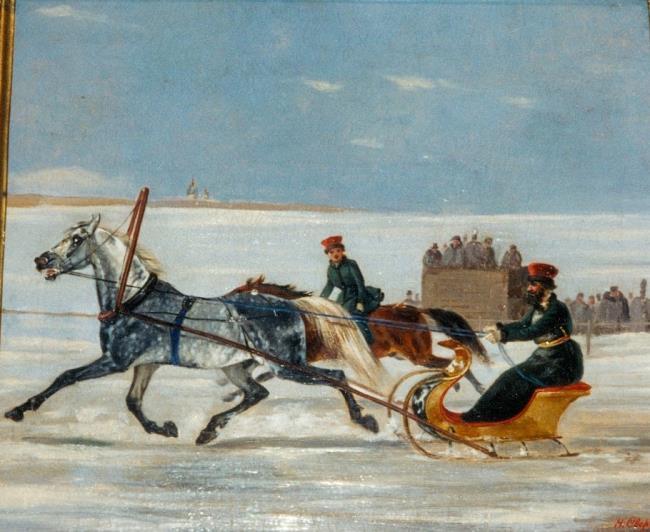

More modern artists to include harness racing in their work include Wesley Dennis, who is perhaps best known as the illustrator of author Marguerite Henry’s books, such as Born To Trot. Dean Wittle is another artist who often paints scenes of rural America and various animals.
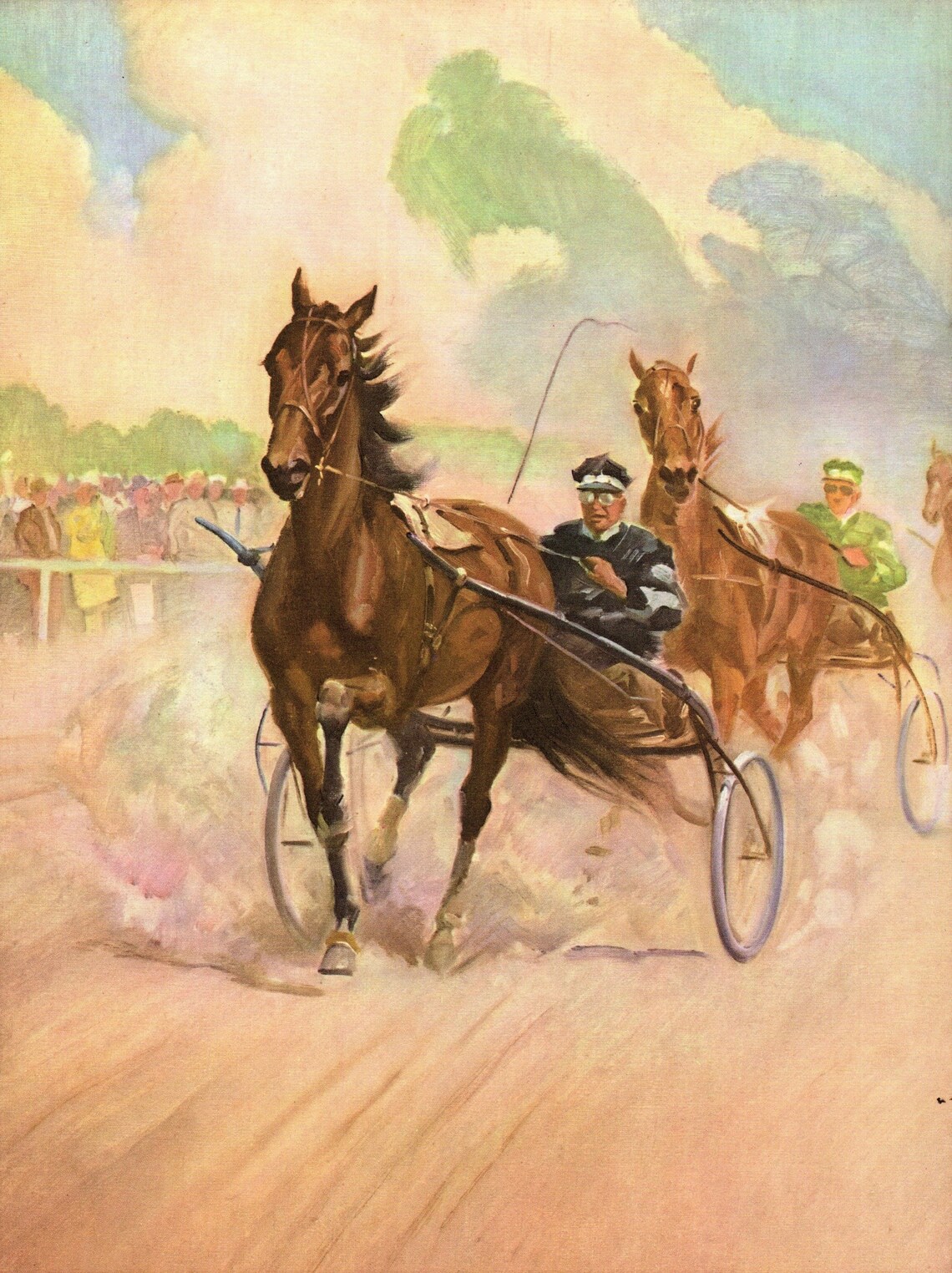
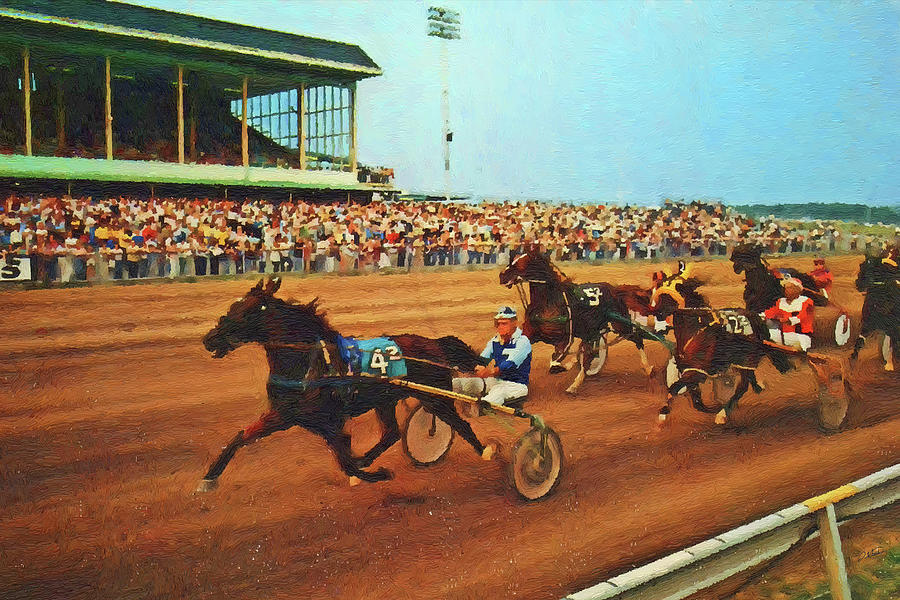
While it is impossible to include all horse-painting artists since the beginning of time in this forum, this article will hopefully provide the reader with a brief overview of varying artists who have expressed their love for the equine athlete through their work.
by Kimberly Rinker, for Harnesslink

 USA
USA Canada
Canada Australia
Australia New Zealand
New Zealand Europe
Europe UK / IRE
UK / IRE



